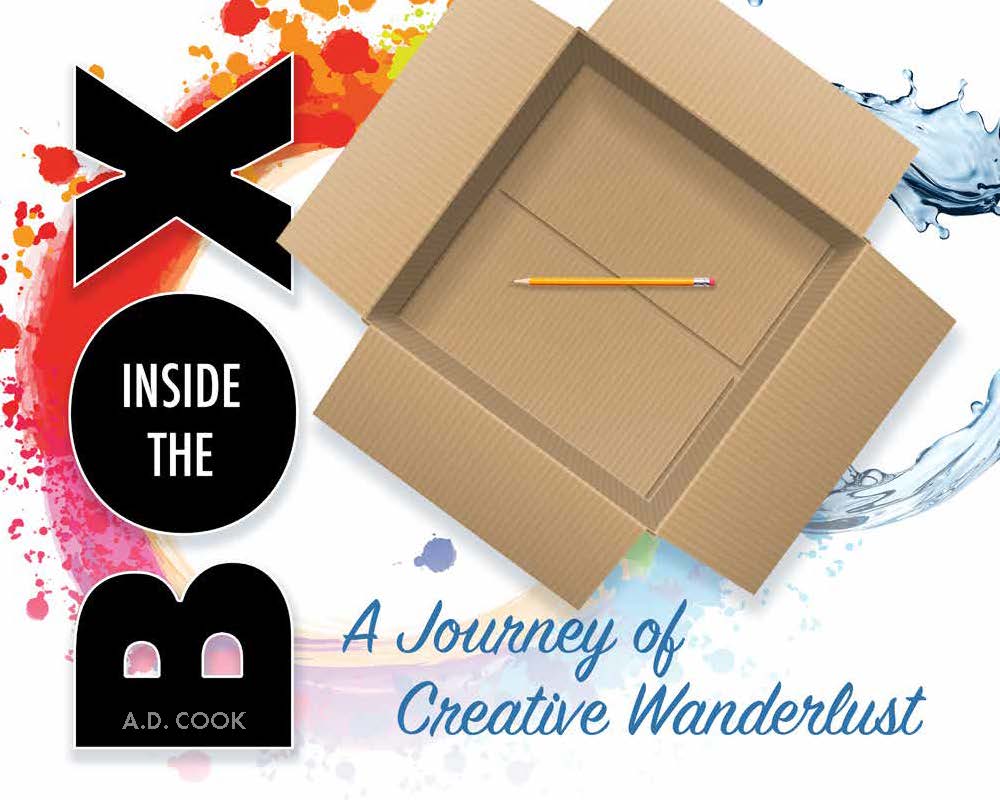
Continued from Disasters and Recovery, Part 2
Lessons Learned
Forrest Gump and experts all agree that sh*t happens.
The experts and teachers aren’t always right. My high school art teacher wasn’t right about my future. And my broken thumb convinced my doctor that my right hand would impede my art career. Yet, today, I create art that I am proud of, despite my high school art teacher’s harsh prediction that I would never succeed. And my right hand healed fine, thank you.
Most of my painting catastrophes have resulted not from painting from photo reference or any hand issues but from me rushing my work. As a result, some lessons are more memorable than others. For example, I only had to trip over an air hose once to learn how to hold an airbrush properly so it didn’t go flying from my hand when I painted. Ever since that early mistake, which resulted in a damaged airbrush and artwork, I approach the airbrush with my right hand to the right side of the air hose and wrap it around my wrist so if the hose gets snagged on anything, my airbrush remains securely in my hand.
The reality is that if you explore new boundaries in creativity, accidents and setbacks will happen. Mistakes are part of the process. That’s how we learn.
The one thing I’ve come to realize is that while I dread mistakes or freak accidents, they will happen. How I respond to them determines whether the project succeeds or fails.
When it comes to airbrush tragedies, my most memorable mistakes have come from breaking my own rules;
- Always clean tools at the end of a session; The benefits of this alone are tenfold. First, precision tools (like airbrushes and spray guns) work better when they are clean, inside and out.
As an added benefit, if your tools are clean and ready to work when you get to the studio, you can get right to the fun part of creating rather than wasting creative time.
- Do an airbrush pre-flight; Start with a trigger test (down, back, forward, up); check that the vent hole is clear, that the cap is securely attached to the paint jar or airbrush, that the needle chuck nut is tight, and finally that the air hose is snug to both airbrush and compressor. My pre-flight process takes only a few minutes and assures me hours of trouble-free painting.
- Securely wrap the air hose around my wrist; approaching the air hose from the right (for right-handers) and just below the airbrush and wrapping the hose over and around my wrist has saved me countless times.
- Down, Back, Forward, Up; It seems simple enough, but this is the secret to a smooth spray with a double-action airbrush. It helps to think of the airbrush button more like a throttle than an on-off switch. Press down slowly for air, pull back slowly for paint, forward to stop the paint flow, and then back up to block airflow. Repeat.
Airbrush painting or creating anything at a certain level takes commitment, practice, and tenacity. If you want to be great at music, you’ve got to practice; if you’re going to be a great chef, you’ll spend a lot of time in the kitchen and probably make a couple of bad soufflés along the way. Only time and practice in the kitchen will fix that part of the process. The same goes for the airbrush (or any art skill). Practice. Practice. Practice. Despite the famous saying that “practice makes perfect,” training in and of itself does not make perfect. Practice makes progress, and that is essential to growth. In the end, only perfect practice makes perfect.
“Before you act, LISTEN. Before you react, THINK. Before you spend, EARN. Before you criticize, WAIT. Before you pray, FORGIVE. Before you quit, TRY.”
— Earnest Hemmingway Tweet
WWWhat?
Don’t even get me started on website disasters and recovery. Okay, but only since you asked.
Anyone who creates for the Internet knows that countless issues present themselves at the most unwelcome times. Unfortunately, some days it seems like the Internet is one big catastrophe followed by another.
Not everything is as easy as web marketers suggest. Today’s websites are more complicated than most developers would have you believe, and they break every day for a multitude of unforeseen reasons. Website disasters can include anything from conflicting software or operator error or something outside the website designer’s control, like a plugin upgrade gone haywire or a bad web host.
Website disasters suck! They happen without warning, so by nature, they are a crisis. In so many ways, at the very least, websites have the potential to be energy vampires draining the designer of their time and resources.
But often, the thing that goes sideways makes me think outside my box for a solution. It forces me to dig deeper and grow.
Get On With It
The reality is accidents and setbacks will happen as you explore new boundaries in creativity. Mistakes are part of the process. But, the magic happens in the recovery.
The only way to avoid or minimize disaster is through experience—yours or that of another.
The Creative Process; 1) This is going to be awesome; 2) This is hard; 3) This is terrible; 4) I am terrible; 5) Hey, not bad; 6) That was awesome!
— Unknown Tweet
Years ago, an old friend would tell me, “Get over it and get on with it.” Dwelling on a problem and not tackling a solution is not healthy or productive. And often, as I’ve found, no one will fix it for you.
That’s what life and learning are all about — mistakes, disasters, and recovery. We are in a constant state of growth. In many ways, that’s the story of my life (and maybe yours, too).
• • • • •
Read Disaster and Recovery, Part 1.
Read Disaster and Recovery, Part 2.

INSIDE THE BOX
The excerpt above is from INSIDE THE BOX, a forthcoming memoir by A.D. Cook © 2023.
Subject to edits and updates.
- About the Author
- Latest Posts
- More info
A.D. is an artist who started drawing at a young age. Throughout his life, he has worked with different creative tools in traditional and digital art and design. His art and writings have been showcased in various publications such as Airbrush Action Magazine, Airbrush Magazine, American Art Collector, Art & Beyond, Dream To Launch, Easyriders, Las Vegas City Life, Las Vegas Weekly, L’Vegue, ModelsMania, Quick Throttle, and The Ultimate Airbrush Handbook.




